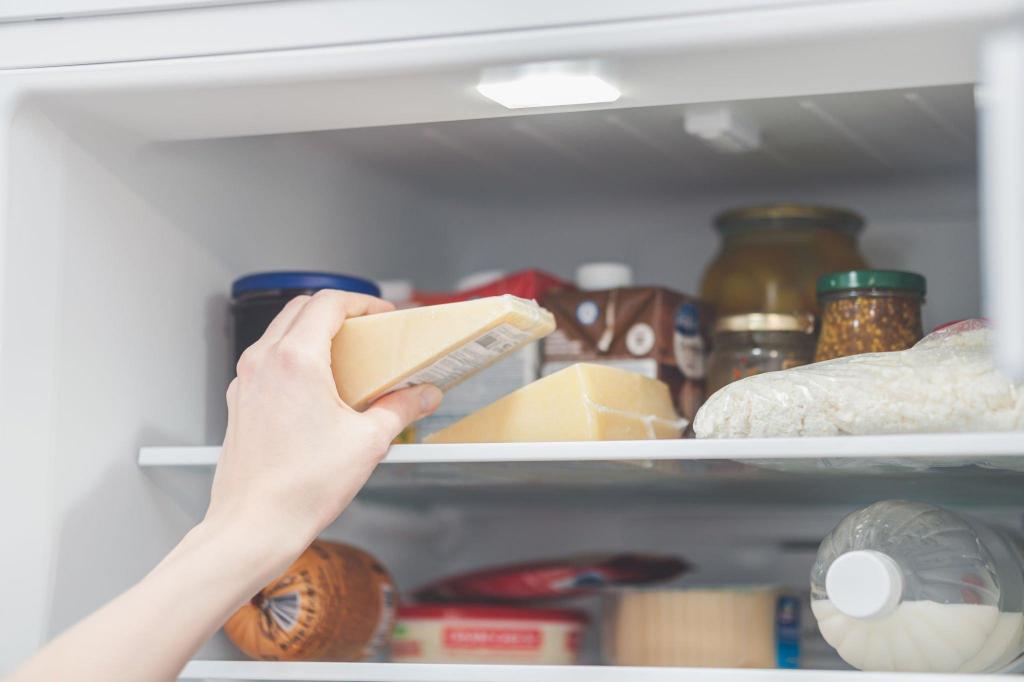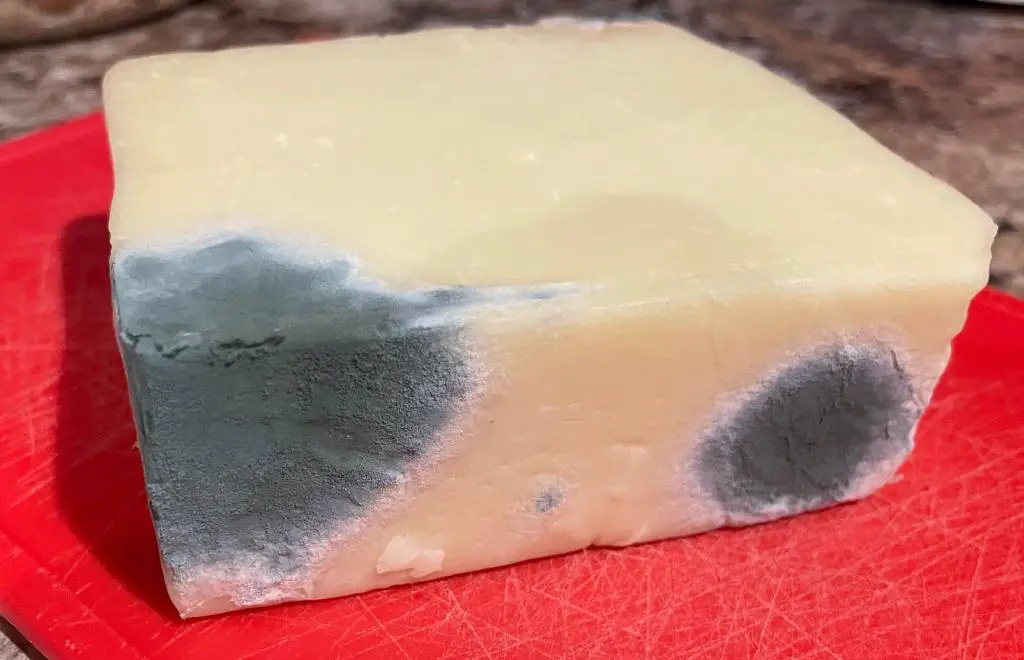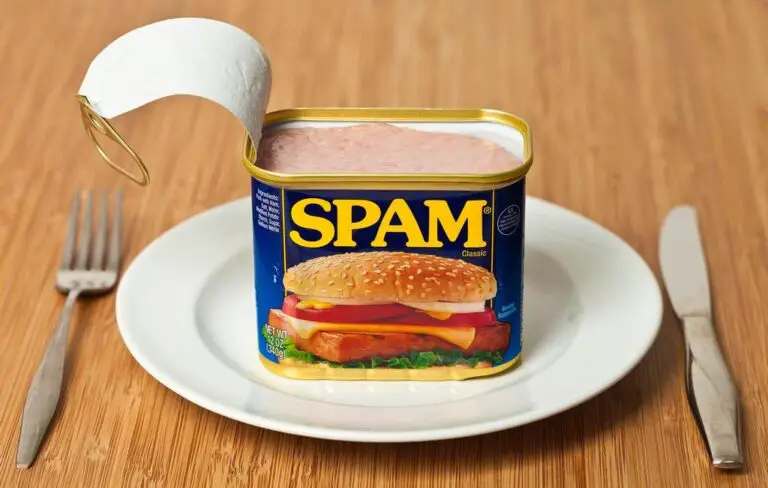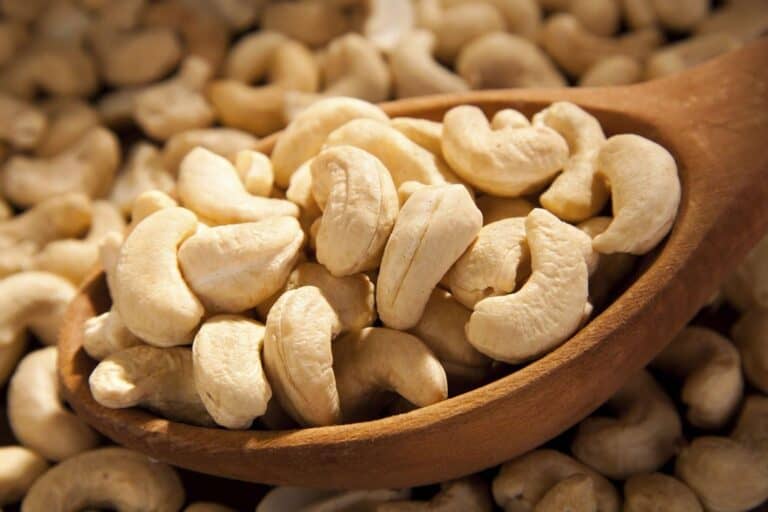Why Does Cheese Mold in the Refrigerator? How to Prevent It?

Around the world, cheese is a popular culinary treat. Its creamy, tangy, or pungent flavors can elevate any dish, from sandwiches to gourmet platters. However, there’s a frustrating downside to cheese: mold.
It’s not uncommon to open the fridge and discover that your favorite cheese has turned into an unappetizing, furry mess. So, why does cheese mold in the refrigerator, and more importantly, how can you prevent it?
In this article, we’ll delve into the fascinating science behind this cheesy conundrum and provide you with practical tips to keep your cheese mold-free.
The Science of Cheese Mold
Before we dive into prevention techniques, let’s understand why cheese is prone to mold in the first place. Several factors contribute to this phenomenon:
1. Cheese is a Living Product
Yes, you read that right. Cheese is a living product. It’s made by curdling milk with specific bacteria, yeast, or mold. These microorganisms continue to thrive in cheese, even after the cheese is made. While most cheese varieties are safe to eat, some molds that grow on cheese can be harmful. But don’t worry; we’ll get to that.
2. Refrigerator Humidity
Cheese mold loves moisture. Refrigerators are designed to maintain a cold, dry environment to preserve food. However, sometimes humidity levels can fluctuate, creating an environment that encourages mold growth on cheese. Soft and semi-soft cheeses are particularly susceptible.
3. Temperature Matters
Cheese should be stored at the right temperature. If your fridge is too warm, mold growth can accelerate, while excessively cold temperatures might compromise the texture and flavor of the cheese.
Why Does Cheese Mold in the Refrigerator?

Cheese can mold in the refrigerator due to a variety of factors, including incorrect storage, faulty refrigeration units, and incorrect temperature settings. Here are some of the main causes of mold growing on cheese even when chilled:
- Moisture: The use of plastic wrapping can retain moisture levels past 55% humidity, which is the ideal level for mold to grow. Wax paper is a better option for wrapping cheese, as it allows it to breathe instead of trapping moisture in the container.
- Temperature: If the internal temperature of your fridge is above 40 Fahrenheit (4.4 Celsius), mold will be able to grow (albeit more slowly than at a higher temperature). Adjust your thermostat correctly and keep your refrigerator clean to prevent mold from forming on not only your cheese but all of its contents.
- Air exposure: Exposure to air causes cheese to mold. If you see mold on your cheese, you can cut away at least a half inch of cheese on all sides of the visible mold. The remaining mold-free part of your cheese should be fine to eat, but it’s best to use it up as quickly as possible. Sliced or shredded cheese should not be eaten if any of it is moldy.
- Cheese type: Fresh cheese like mozzarella is not safe to eat if mold is growing on it. Hard and semi-soft cheeses like cheddar and parmesan can be saved by cutting about an inch out where the mold was.
More: Is It Safe to Eat Parmesan with Mold and White Spots on It?
How Long Does Cheese Last in the Refrigerator Before Molding?
When you store your cheese in your refrigerator, understanding its shelf life is key. The duration before cheese starts to show signs of mold varies depending on the type.
Generally, hard cheeses such as cheddar, Gouda, and Parmesan have a longer lifespan, often lasting for about 3–4 weeks. Meanwhile, softer varieties like brie, feta, and mozzarella tend to be more perishable, lasting around 1-2 weeks before the onset of mold.
Pay attention to the cheese’s texture and moisture content, as these factors can influence its susceptibility to spoilage. For instance, the lower moisture content in hard cheeses contributes to their extended longevity in the fridge. On the other hand, soft cheeses possess higher moisture levels, rendering them more prone to bacterial growth and mold development over time.
To maximize the shelf life of your cheese, ensure it’s stored in airtight containers or wrapped tightly in wax or parchment paper, safeguarding it from excess moisture and exposure to air. Regularly inspect your cheese for any signs of mold growth
Preventing Cheese Mold
Preventing cheese from succumbing to mold in your refrigerator is a challenge every cheese enthusiast faces. Fortunately, there are effective methods to keep your cheese fresh and mold-free. Let’s explore some of these techniques:
1. Proper Cheese Storage
One of the most crucial factors in preventing cheese mold is how you store it. Here are some guidelines:
| Cheese Type | Storage Method |
| Hard Cheese (e.g., Cheddar) | Wrap in wax paper or parchment paper, then place in an airtight container or resealable plastic bag. |
| Soft Cheese (e.g., Brie) | Wrap in wax paper or parchment paper, and then store in an airtight container. |
| Blue Cheese | Wrap in aluminum foil or wax paper, then place in an airtight container. |
| Cream Cheese | Keep it in its original container with the lid tightly sealed. |
| Fresh Cheese (e.g., Mozzarella) | Store in a resealable plastic bag with excess air squeezed out. |
2. Maintain Refrigerator Humidity
To control humidity in your fridge and prevent cheese mold, consider these steps:
- Use a refrigerator with a humidity control feature if possible.
- Store cheese away from the refrigerator’s vegetable crisper, which tends to be more humid.
- Place an open box of baking soda in the fridge to help absorb excess moisture.
3. Temperature Control
Ensure that your refrigerator maintains the ideal temperature range for cheese storage:
- Use a refrigerator thermometer to monitor the temperature.
- Avoid storing cheese in the fridge door, as it experiences temperature fluctuations.
- If you have a cheese drawer, use it for storing cheese since it usually maintains stable conditions.
4. Regularly Inspect Your Cheese
Frequently check your cheese for any signs of mold. If you spot a small amount of mold on the surface of hard cheese, it can often be salvaged by cutting off the affected area, leaving the rest perfectly edible. However, if soft cheese develops mold, it’s best to discard the entire piece.
5. Use Wax Paper Instead of Plastic Wrap
When it comes to keeping cheese mold at bay in your refrigerator, the choice of wrapping is a pivotal detail that often goes overlooked. Using wax paper instead of plastic wrap can make a significant difference in preserving your cheese’s freshness and flavor.
Wax paper is a breathable option, allowing just the right amount of air circulation around your cheese and preventing moisture buildup. This is particularly important for many cheese varieties, as excess moisture can encourage mold growth. On the other hand, plastic wrap, while effective at creating an airtight seal, can trap moisture and lead to an unfavorable cheese-molding scenario.
6. Use Olive or Vegetable Oil
Rubbing a thin layer of flavorless olive or vegetable oil onto the cheese’s surface is a time-tested method to preserve its freshness.
This protective layer of oil acts as a barrier, preventing moisture from seeping into the cheese and, at the same time, keeping it from drying out. It’s like giving your cheese a shield against the elements that lead to mold growth. The oil creates a hostile environment for mold spores, making it less likely for them to take hold and spoil your cheese.
When applying the oil, remember to be gentle and use a soft cloth or paper towel. You only need a minimal amount to get the job done, so don’t overdo it. This method works well for a variety of cheeses, from the soft and creamy to the harder, aged varieties. By taking this simple step, you can enjoy your cheese with confidence, knowing it’s protected from mold and ready to enhance your culinary creations.
Recognizing Safe vs. Harmful Mold on Cheese
Not all molds are created equal. Some are perfectly safe to consume, while others can be harmful. Here’s how to differentiate between them:
- Safe Molds: Cheese varieties like blue cheese and gorgonzola contain mold intentionally. The blue or green veins in these cheeses are safe to eat.
- Harmful Molds: If you find mold on cheese that doesn’t naturally contain it (e.g., cheddar or mozzarella), you should discard the cheese. Harmful molds can produce mycotoxins, which can be harmful if ingested.
Conclusion
Understanding why cheese molds in the refrigerator and learning how to prevent it is essential for any cheese enthusiast. By following proper storage practices, maintaining the right humidity, and controlling the temperature in your fridge, you can enjoy your favorite cheeses without the unpleasant surprise of mold. And remember, when in doubt, it’s better to be safe and discard the cheese if you’re unsure about the type of mold present.
Keep these tips in mind, and your cheese will stay fresh and delicious for longer, enhancing your culinary experiences. Happy cheese tasting!
FAQs on Mold Growth on Cheese
How long does cheese last in the refrigerator before molding?
Cheese typically lasts in the refrigerator for 1-4 weeks before showing signs of molding, depending on the type. Hard cheeses generally last longer than soft ones.
Can you eat cheese if you cut off the moldy part?
It’s not recommended to consume cheese after cutting off the moldy part. The visible mold indicates that the entire piece may be contaminated, posing health risks.
What is the best way to store cheese in the fridge to prevent molding?
The best way to store cheese in the fridge is to wrap it in wax or parchment paper and then place it in a resealable container, ensuring it’s not exposed to excess moisture or air.
Does vacuum-sealing cheese prevent molding in the refrigerator?
Vacuum-sealed cheese can significantly extend its shelf life by preventing exposure to air, which inhibits mold growth. However, use specialized cheese storage bags to avoid excessive moisture.
Is it safe to consume cheese that has been frozen to prevent molding?
Yes, freezing cheese can prevent molding, but the texture may change upon thawing. It’s best to consume frozen cheese within a reasonable time frame for better quality.
How often should I clean my refrigerator to prevent cheese from molding?
Regularly clean your refrigerator every 1-3 months, paying attention to spills, crumbs, and lingering odors that can promote mold growth and spoilage.
What are the signs that cheese has gone bad beyond just visible mold?
Apart from visible mold, signs that cheese has gone bad include an off odor, changes in color, excessive dryness, or a slimy texture. Discard if any of these signs are present.
Can you store different types of cheese together in the refrigerator without risking mold contamination?
Different types of cheese can be stored together in the refrigerator if properly sealed and kept in separate airtight containers or wrapped individually to prevent cross-contamination.






